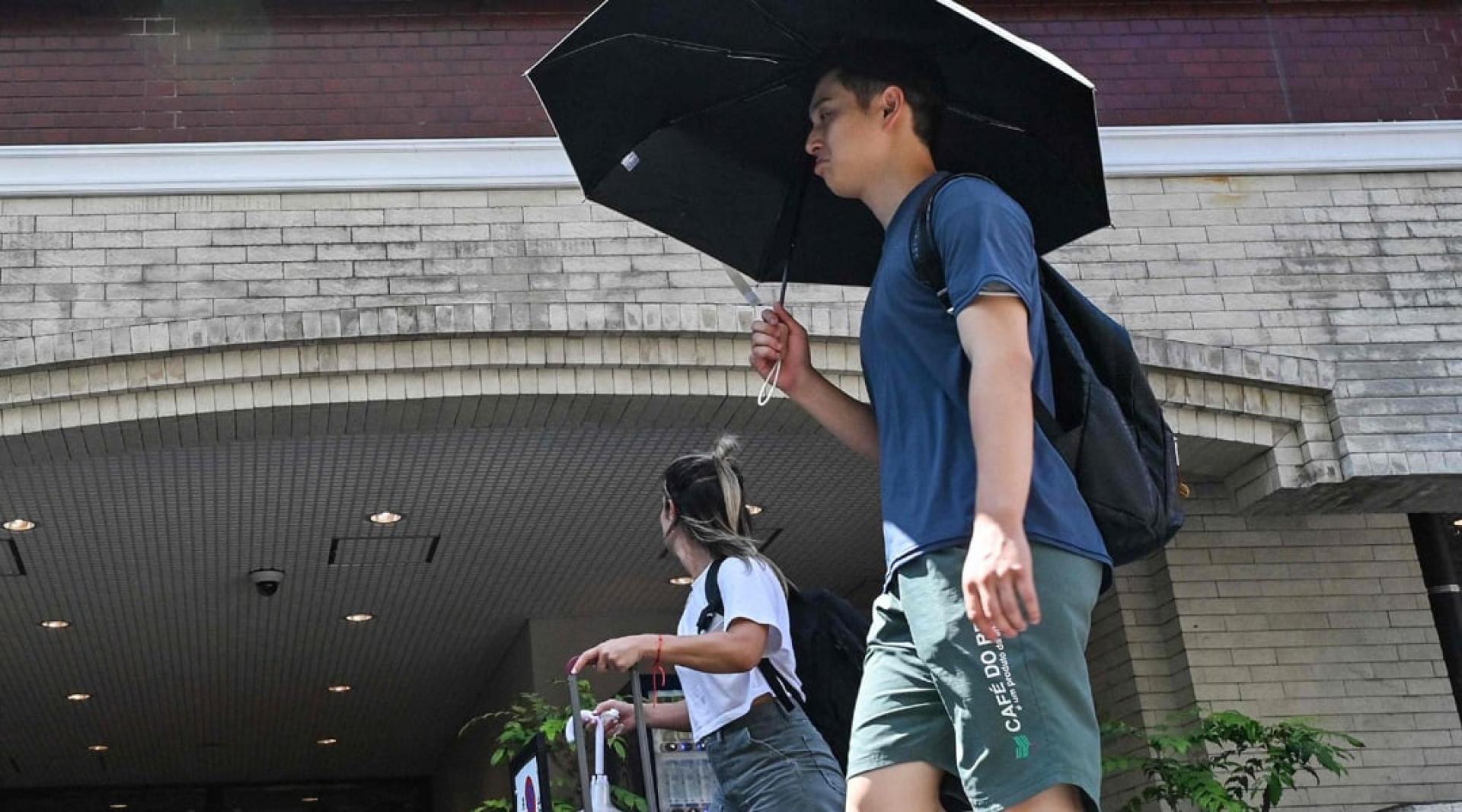On the 30th, Japan was covered by a high-pressure system with warm, humid air lingering, causing daytime temperatures across the country to continuously soar. Most cities have reached dangerously hot levels that pose risks to human health.
The Japan Meteorological Agency and the Ministry of the Environment simultaneously issued ‘heatstroke alert warnings’ for 30 prefectures nationwide.
Weather forecasts show temperatures reaching as high as 39°C in Nagoya, with Tokyo expected to hit 37°C and Osaka 36°C; Sendai, Hiroshima, Matsuyama, Fukuoka, and other cities have also surpassed 35°C. In such conditions, remaining outdoors for extended periods or staying in indoor areas without cooling equipment could result in life-threatening heatstroke.
According to statistics from the Tokyo Metropolitan Medical Examiner’s Office, from June to August 27, there have already been 101 deaths caused by heatstroke in Tokyo’s 23 wards—a heavy record for deaths in a single season, surpassing one hundred.
More than 80% of the victims were elderly over 70 years old: 42 people in their 70s, 32 in their 80s, and 11 aged 90 or above. Further analysis of the places of death found that 96 died indoors, of which 11 had no air conditioning installed at home, while 66 had air conditioning but did not use it. The data highlights that not using air conditioning in confined spaces poses the greatest risk of death.
The Japan Meteorological Agency indicates that high pressure over the Pacific is expected to cover the Japanese archipelago in September, possibly resulting in more days with above-average temperatures compared to previous years. Last September, the number of people hospitalized for heatstroke nationwide in Japan exceeded 10,000 for the first time. The agency urges the public to take precautions against heatstroke.
